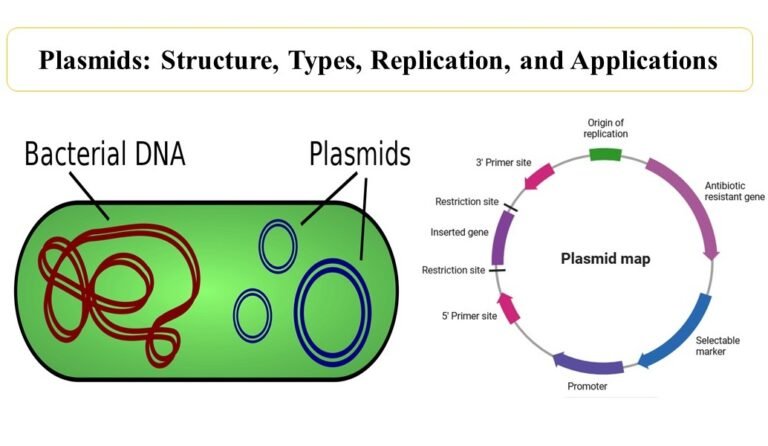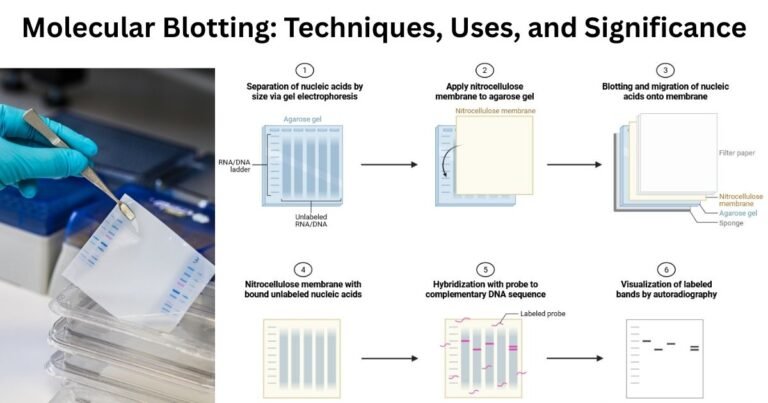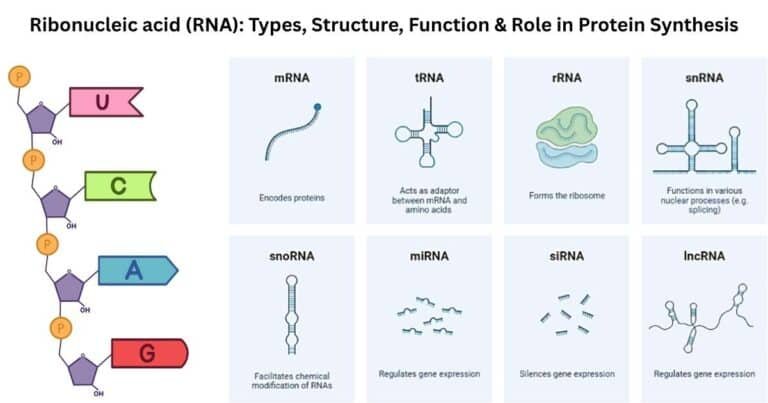Plasmids: Structure, Types, Replication, and Applications
What is Plasmid? The term plasmid refers to a small, circular, extrachromosomal double-stranded DNA molecule that exists naturally in many bacteria, and in some archaea and eukaryotic organisms. Plasmids are physically distinct from chromosomal DNA but possess the ability to replicate independently due to their own origin of replication (Ori). These mobile genetic elements often […]



